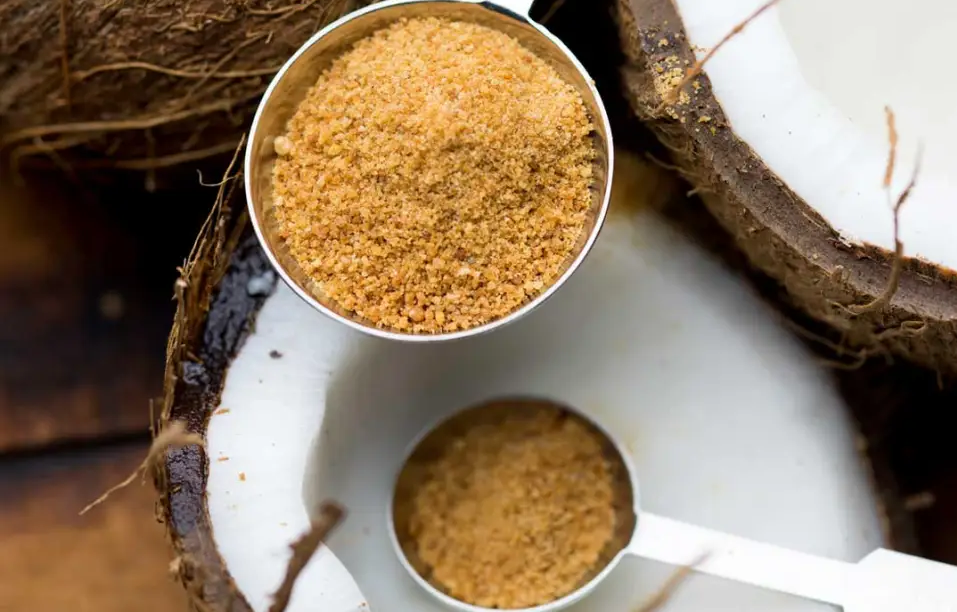Vigna mungo, also known as black gram, urad dal, or black lentil, is a type of legume commonly consumed in various cuisines around the world. It is not only a delicious addition to meals but also offers several potential benefits for digestive health. Here’s what you need to know about how vigna mungo can support digestive well-being:
1. Rich in Dietary Fiber: Vigna mungo is a good source of dietary fiber, which is essential for maintaining a healthy digestive system. Fiber adds bulk to stool, promotes regular bowel movements, and prevents constipation. It also supports the growth of beneficial gut bacteria, contributing to a balanced gut microbiome.
2. Eases Digestion: The soluble fiber in vigna mungo forms a gel-like substance in the digestive tract, which can help slow down the digestion and absorption of nutrients. This can lead to a more gradual release of sugars into the bloodstream, aiding in blood sugar control.
3. Provides Protein: Vigna mungo is rich in plant-based protein. Including protein in your diet can help promote satiety and balanced energy levels, preventing overeating and fluctuations in blood sugar.
4. Supports Gut Microbiota: The dietary fiber in vigna mungo serves as a prebiotic, providing nourishment for beneficial bacteria in the gut. A diverse and healthy gut microbiota is associated with improved digestion, immune function, and overall well-being.
5. Nutrient Content: Vigna mungo contains various essential nutrients, including B vitamins (such as folate and riboflavin), iron, magnesium, and zinc. These nutrients play important roles in maintaining overall health, including the health of the digestive system.
Incorporating Vigna Mungo into Your Diet:
- Cooking: Vigna mungo is commonly used in soups, stews, curries, and dals (lentil-based dishes). It has a nutty flavor and a slightly chewy texture.
- Sprouting: You can sprout vigna mungo, which enhances its nutritional content and makes it easier to digest. Sprouts can be added to salads, sandwiches, or eaten as a snack.
- Fermentation: Fermented vigna mungo products, such as idli and dosa batter, are popular in South Indian cuisine. Fermentation can enhance the bioavailability of nutrients and promote gut health.
- Pairing: Combine vigna mungo with other legumes, whole grains, vegetables, and herbs to create balanced and flavorful meals.
Considerations:
- Gas and Digestive Discomfort: Some individuals may experience gas or digestive discomfort after consuming legumes like vigna mungo. Soaking, cooking, and introducing them gradually into your diet can help reduce these effects.
- Allergies and Sensitivities: If you have allergies or sensitivities to legumes, it’s important to consult a healthcare professional before adding vigna mungo to your diet.
As with any dietary changes, it’s advisable to consult with a healthcare professional or registered dietitian, especially if you have specific dietary restrictions or health conditions. They can provide personalized guidance based on your individual needs and preferences.








